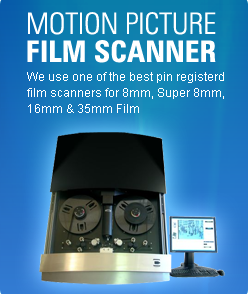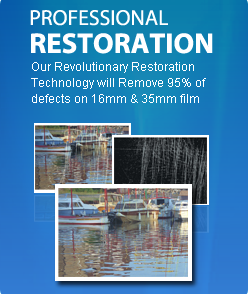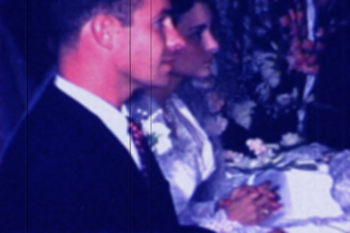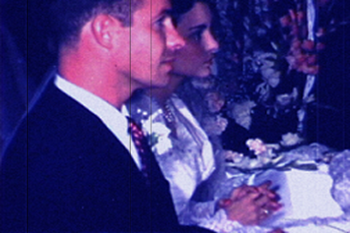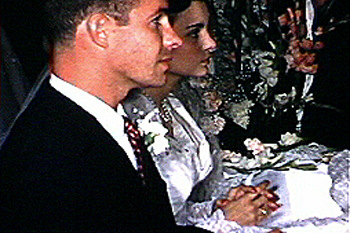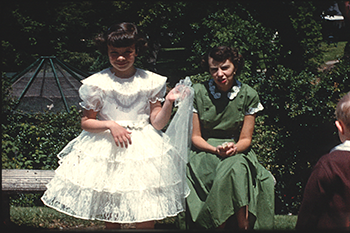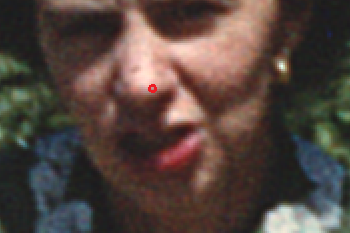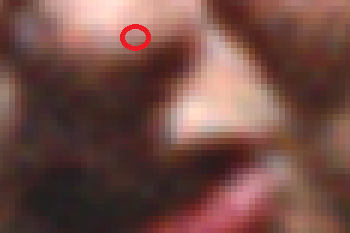
The first table shows how the same film looks using our 4 different processes. You can see that the difference can be significant for our Arvada customers.
The second table presents a case for scanning 8mm and Super 8 film at 2K resolution. In the past year we have done 20 comparisons. Contrary to popular belief, we do see a noticeable difference in quality between our Pro HD and Pro 2K process on 8mm and Super 8 film.
8mm And Super 8 Film Arvada |
|
SD Scan
|
|
Pro HD Scan
|
|
Pro 2K Scan
|
|
Pro 4K Scan
|
|
Film Resolution |
|
Resolution of Film |
|
Film Grain
|
|
Film Grain vs Digital Pixel
|
|
So, for example, if you are looking for the best quality DVD, scan your 8mm or Super 8 at HD. If you are looking to go to BluRay then scan your 8mm or Super 8 at 2K.
Arvada Fun Facts: The stream later became known as Ralston Creek and by 1859 other rich strikes in the same mountains led to the Colorado gold rush. An influx of gold miners led to a subsequent influx of farmers eager to irrigate the fertile soil and sell their crops to the prospectors. By 1870, a railroad appeared near the settlement and the new town of Arvada was formed, named by one of its early settlers (Mary Wadsworth) after her brother-in-law. Arvada was officially incorporated in 1904.
Colorado Fun Facts: First explored by Europeans in the late 1500s (the Spanish referred to the region as “Colorado” for its red-colored earth), the area was ceded to the United States in 1848 with the Treaty of Guadalupe Hidalgo that ended the Mexican-American War (1846-48). In 1858, the discovery of gold in Colorado attracted new settlers. During the Plains Indian Wars (1860s-80s), Colorado’s wild frontier was the scene of intense fighting between Native Americans and white settlers. In the 21st century, Colorado continues to rely on its natural resources as well as agriculture and tourism to sustain its economy.
